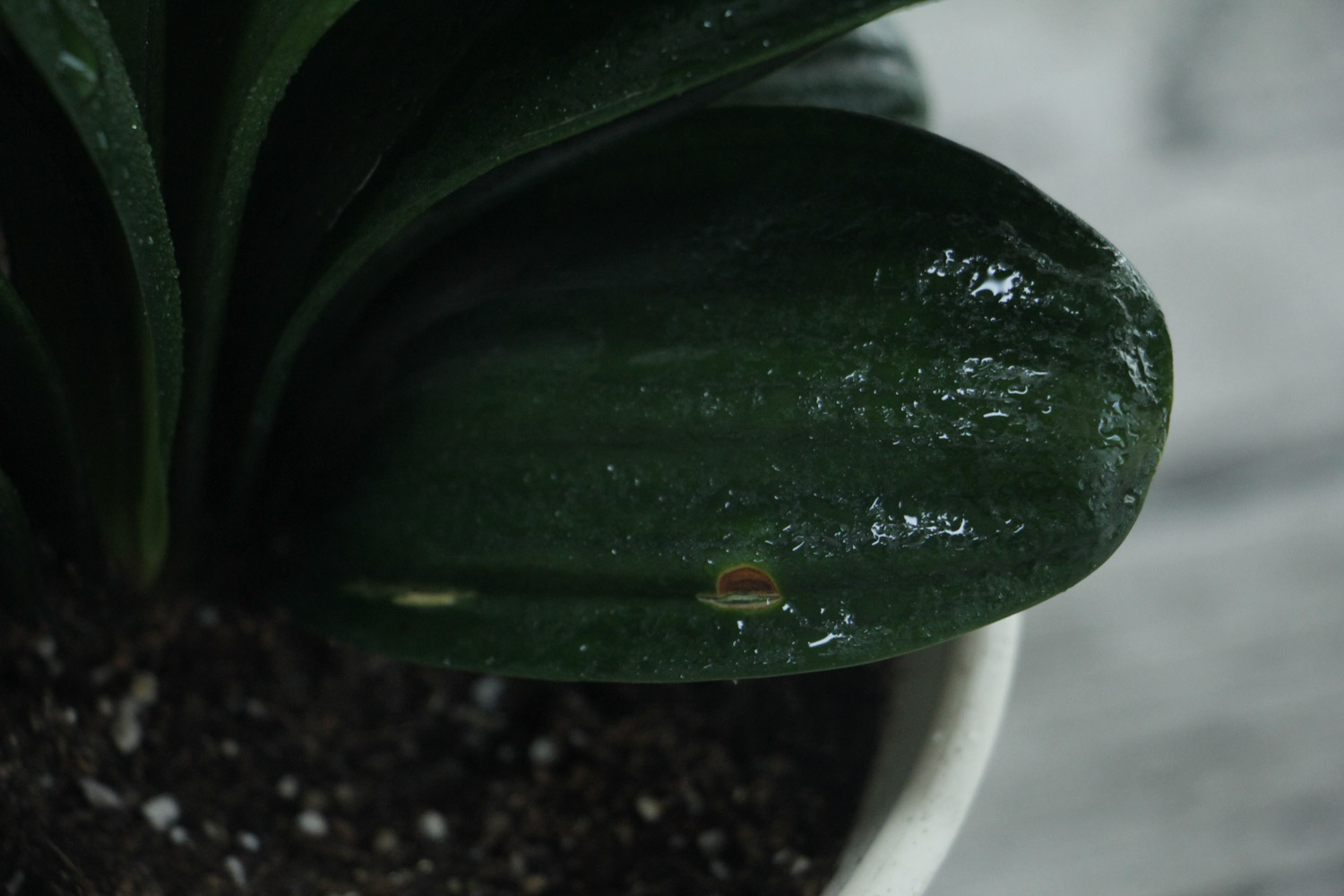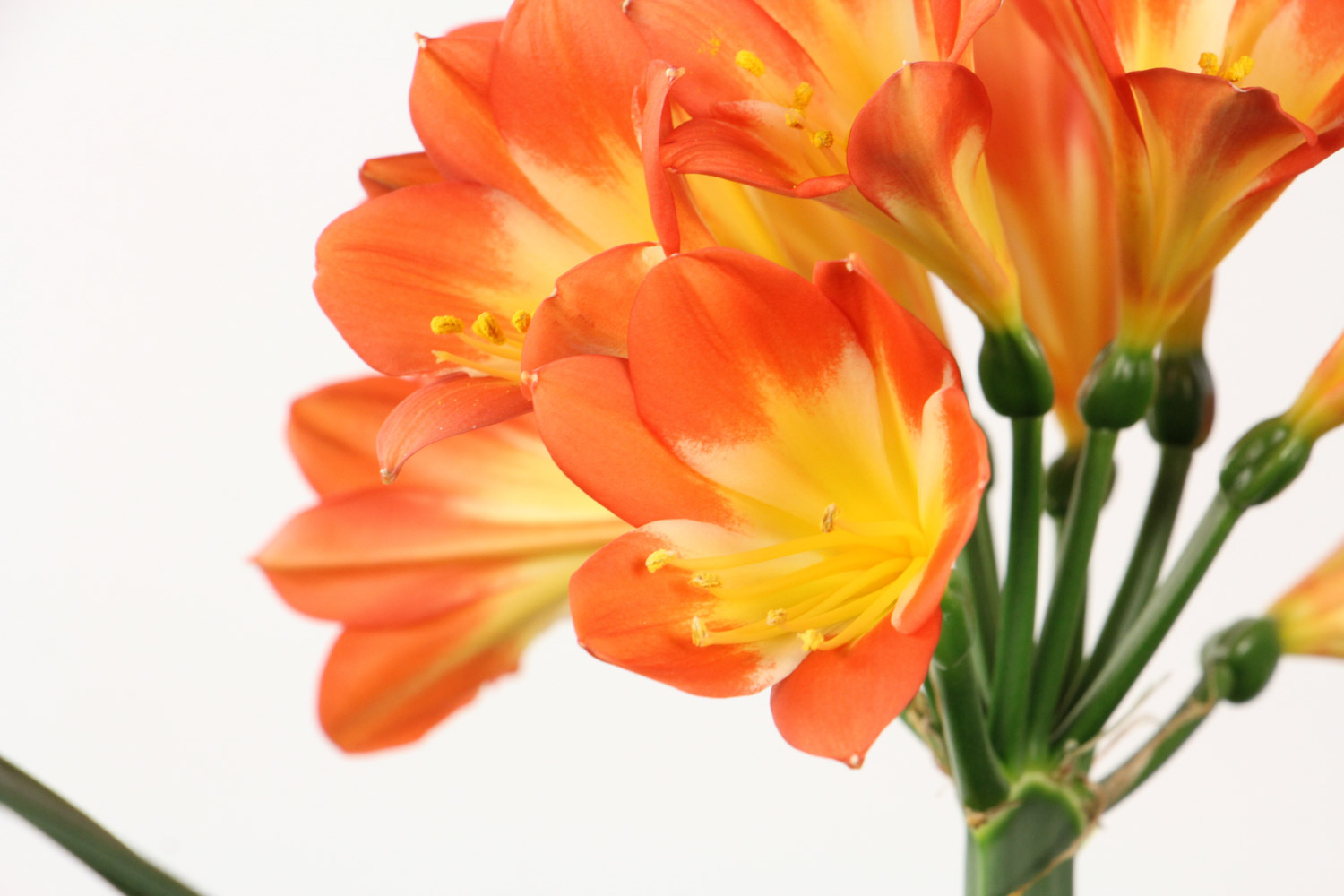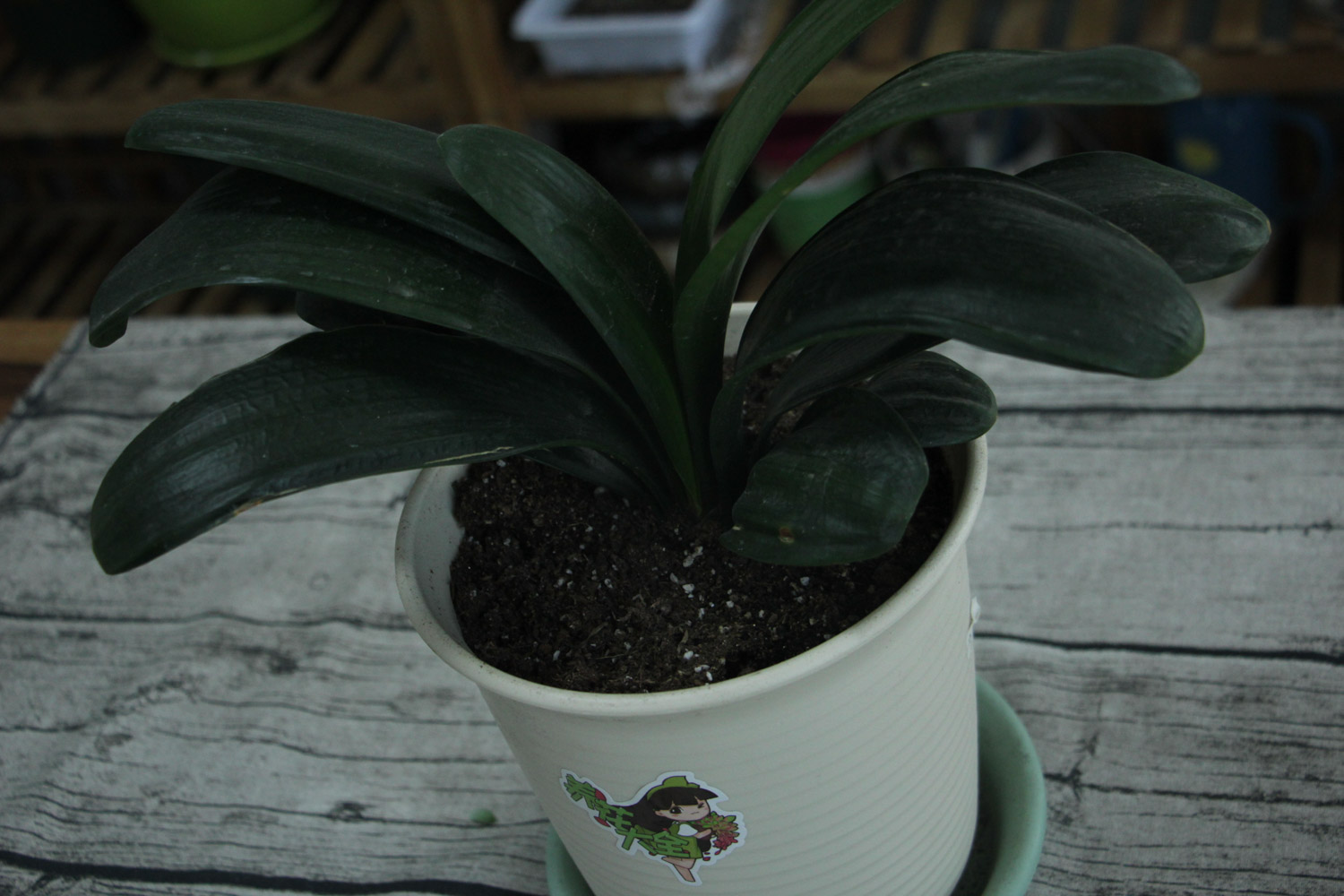1. When will the soil be changed
Generally speaking, Clivia needs to change soil in spring and autumn. In other words, twice a year is the best. In addition to these two periods, it also needs to be replaced under some special circumstances. For example, when the plant is diseased

2. Reasons for soil replacement
(1) Soil replacement in spring: Generally speaking, the permeability and permeability of rotten leaf soil and other substrates can only be maintained for a short period of time, about half a year. Therefore, if the soil is changed only once in autumn and not in spring, the soil may harden seriously and the air permeability and water permeability will become poor in summer. This is not conducive to the respiration of plant roots. Plus it's summer, the root of Junzi orchid is easy to rot. Moreover, the propagation speed of bacteria will be accelerated and there will be more diseases. Therefore, it is necessary to change the soil in spring, mainly to spend the summer safely

(2) Changing soil in autumn: if the soil is not changed in autumn, the nutrition in the soil can not meet the needs from autumn to spring. Moreover, the flowering period of Clivia is in this period, so the root cannot provide sufficient nutrients and water, and flowering will be hindered. Therefore, soil change in autumn is mainly for better flowering of plants
(3) Change soil when the disease occurs: in addition, when the disease occurs, it is best to replace it with new soil, which is to accelerate the recovery of the disease and is also conducive to the subsequent growth


 how many times do yo...
how many times do yo... how many planted tre...
how many planted tre... how many pine trees ...
how many pine trees ... how many pecan trees...
how many pecan trees... how many plants comp...
how many plants comp... how many plants can ...
how many plants can ... how many plants and ...
how many plants and ... how many pepper plan...
how many pepper plan...





























